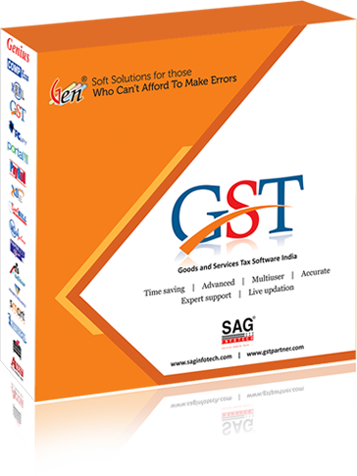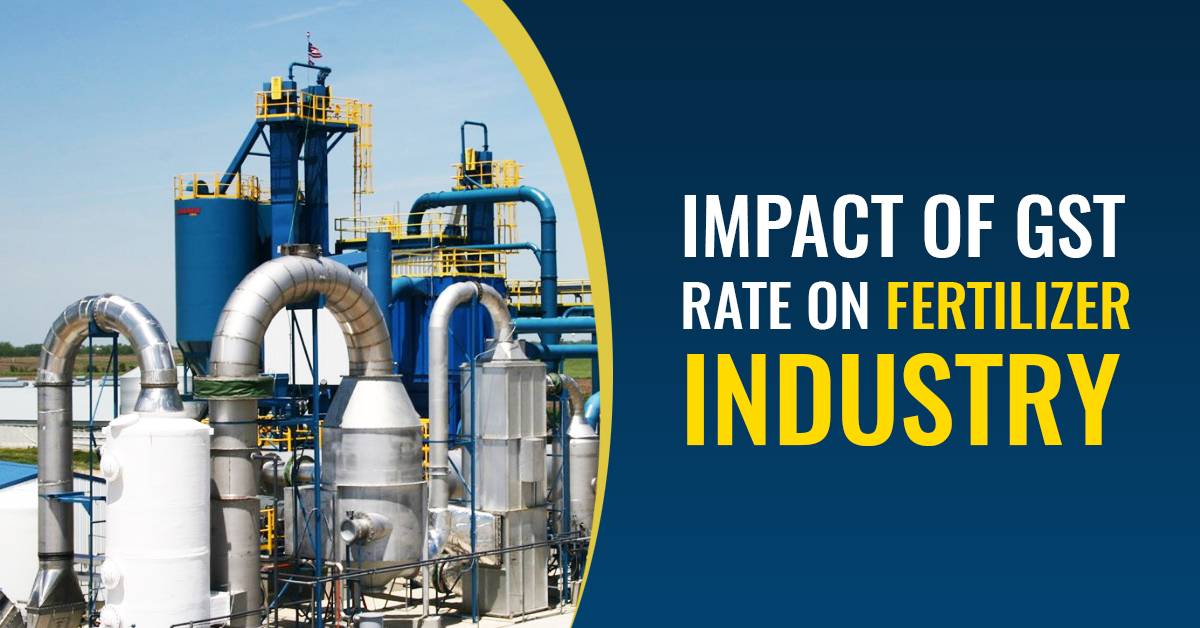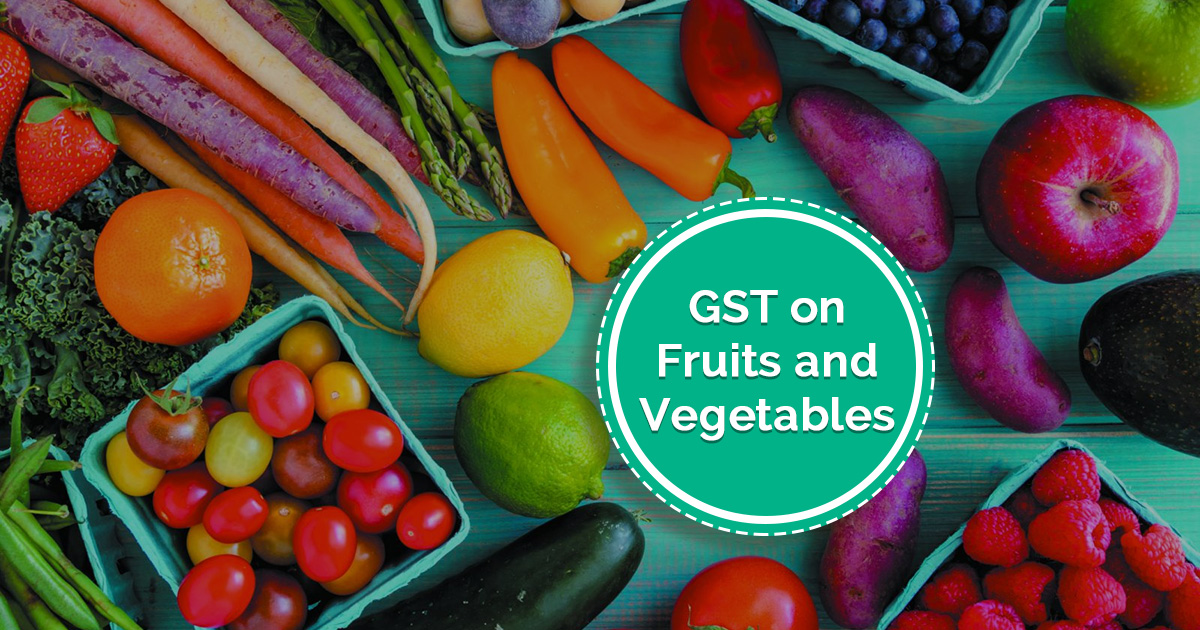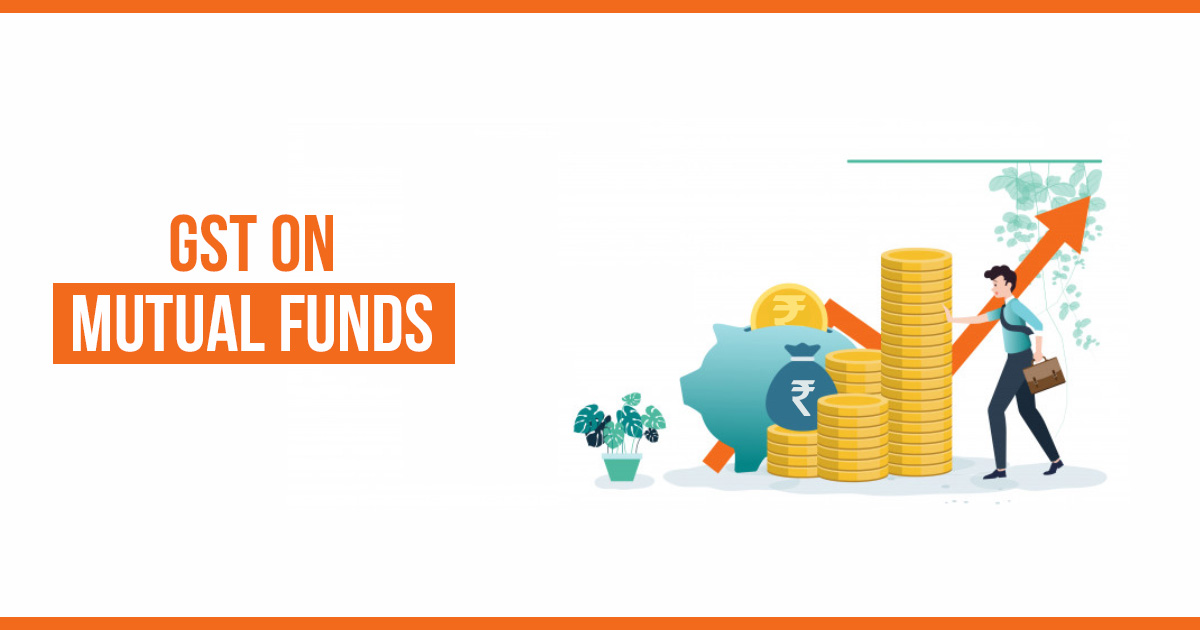Fertilizers which are primarily used for increasing the growth rate of agriculture products are also now under the GST scope after the launch of the indirect tax system in India on July 1, 2017. All the other indirect taxes, including VAT and service tax, have been merged into a one tax system, i.e Goods & Services Tax (GST). In this article, we will learn the impacts of GST on Fertilizers.
Contents
Definition of Fertilizers for tax purposes
Fertilizer is any chemical or non-chemical substance used primarily for increasing the fertility of soil/land in order to increase the growth of agriculture. Other uses of fertilizers are – for manufacturing of complex fertilizers, melamine (made from molten urea) and urea-formaldehyde resins (from urea).
Fertilizers fall under Chapter 31 of the Customs Tariff Act, 1975.
Tax on Fertilizers – Before GST
Before the implementation of GST, the concessional duty rate was applicable to the items falling under Chapter 31, including fertilizers. This includes both types of fertilizers, the ones that are used directly and the ones that are used for producing more complex fertilizers.
Tax on Fertilizers – After GST
After the launch of GST, the definition of fertilizers for taxation purpose has been kept the same as before, however, certain changes have been made to ensure that these items meet the GST requirements. This was needed because GST is a tax on supply as opposed to central excise duty which was levied on the manufacturing of goods.
According to the GST notification No.1/2017-Central Tax (Rate) dated 28.06.2017, 5% GST is applicable to all the fertilizers that fall under heading 3102, 3103, 3104 and 3105, except for those which are not used as fertilizers. Fertilizers that are deemed not be used as fertilizer (in agriculture) will attract GST at the rate of 18%.
In the post-GST regime, the final tax rate on fertilizers which are strictly used in agriculture only as fertilizers has been reduced from the earlier 12% to 5% under GST. All types of fertilizers used for agriculture purposes will be taxed at the same GST rate of 5%.
Tax on direct-use Fertilizers
Fertilizers supplied to be used directly as Fertilizers (for agriculture growth) will be taxed at 5% GST rate.
Tax on Fertilizers supplied for manufacturing other Fertilizers for agricultural use
Fertilizers (soil or crop fertilizers) which are supplied to be used for manufacturing other advanced or more complex fertilizers for use in agriculture will be taxed under the same GST slab of 5%. These refer to simple fertilizers like MOP (Muriate Potash) which is further used for making complex fertilizers.
Tax on Fertilizers not to be used as Fertilizers
In some cases, fertilizers are not exactly used for agriculture or similar purposes. For instance, some fertilizers are used for industrial purposes and other things. Under GST, all such kinds of fertilizers will be taxed at the rate of 18%.
Recommended: Impact of GST on Agriculture Sector
GST Impact on the Fertilizer Industry
At the time when GST was launched, Ananth Kumar, the Union Minister for Chemicals & Fertilizers, had said that the low tax rate of GST would benefit the industry, as the government has instructed fertilizer manufacturers to pass on the benefits to farmers and other users. “The farmers of the country would benefit to the tune of Rs. 1261 crores under GST regime. Under the new GST rates announced by the Council, average weighted MRP will decrease to Rs. 5909/ Ton (or Rs. 295.47/ 50kg bag) as compared to the existing All India weighted Average of Rs 5923/ Ton (or Rs. 296.18/50 kg bag),” he said.
GST has reportedly contributed to bringing the whole fertilizer market under the same tax slab while also putting a restriction on the cross-border smuggling of different fertilizers.






